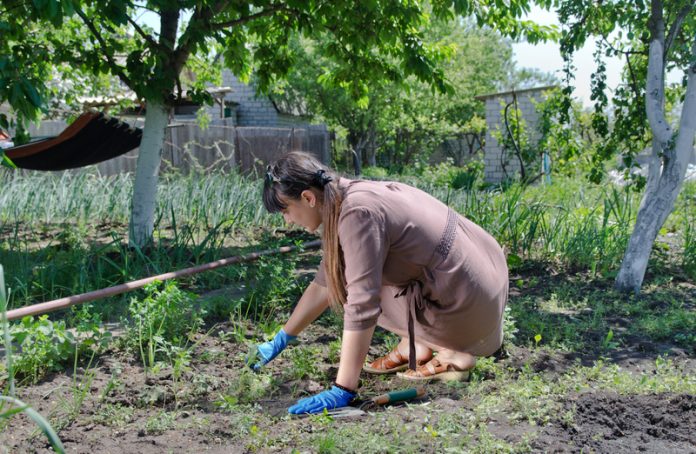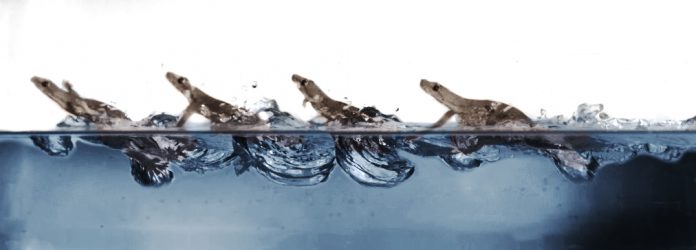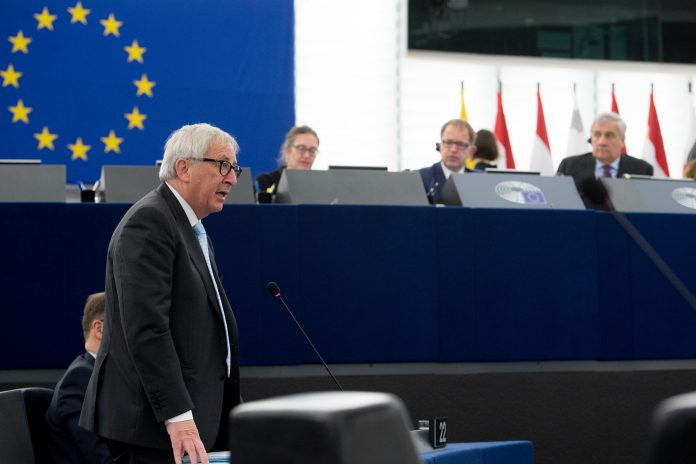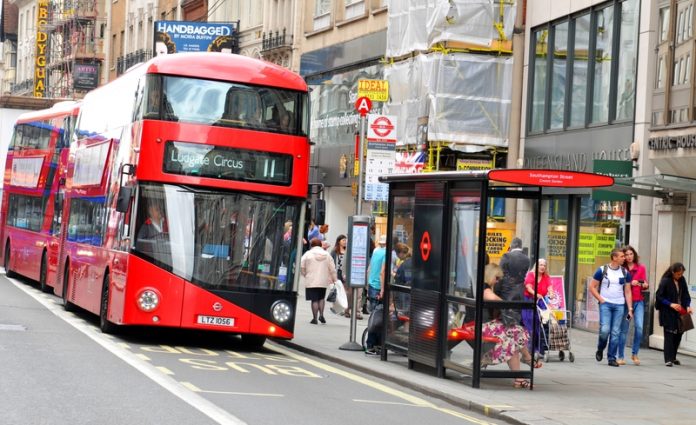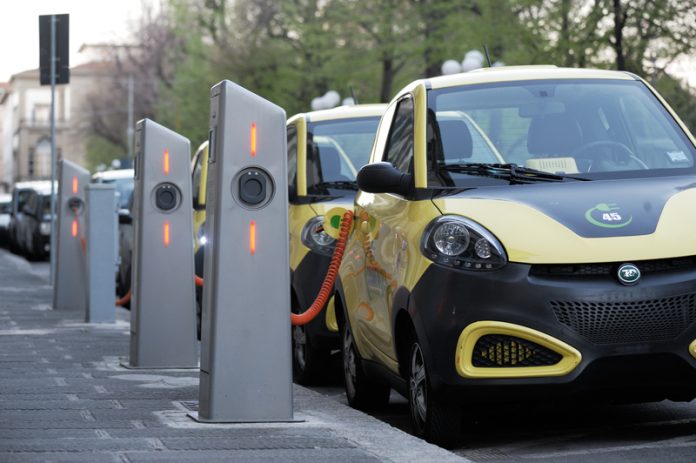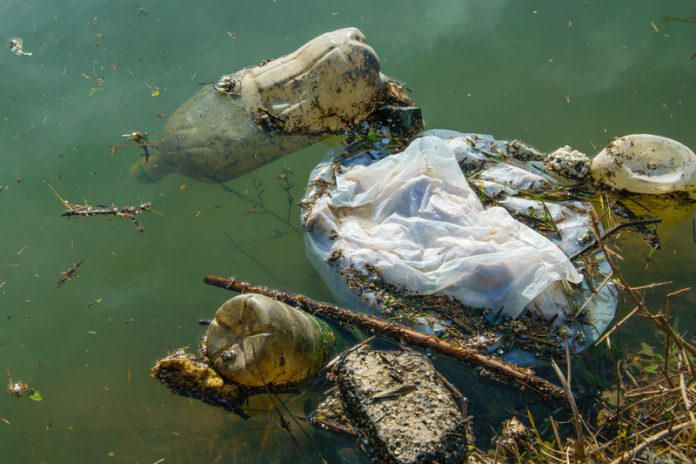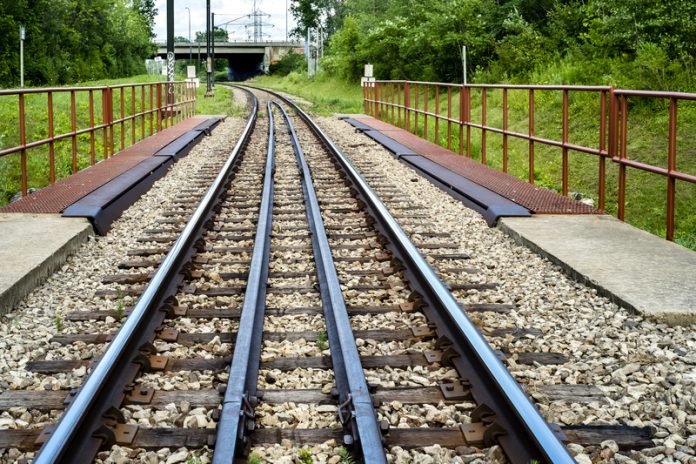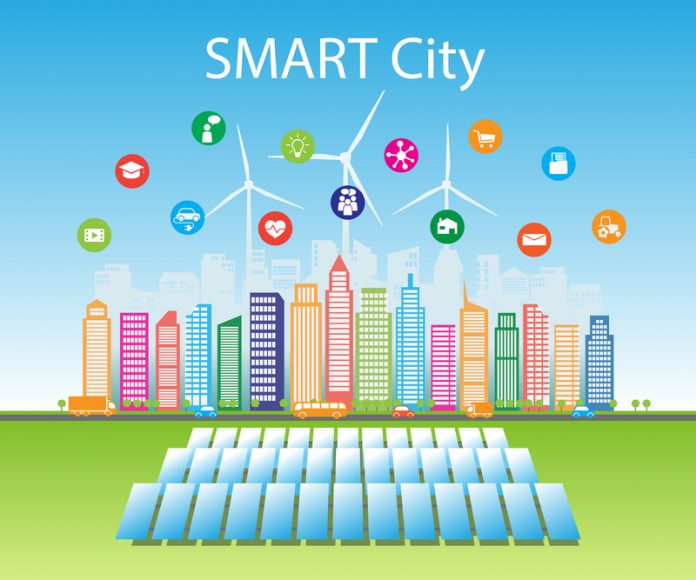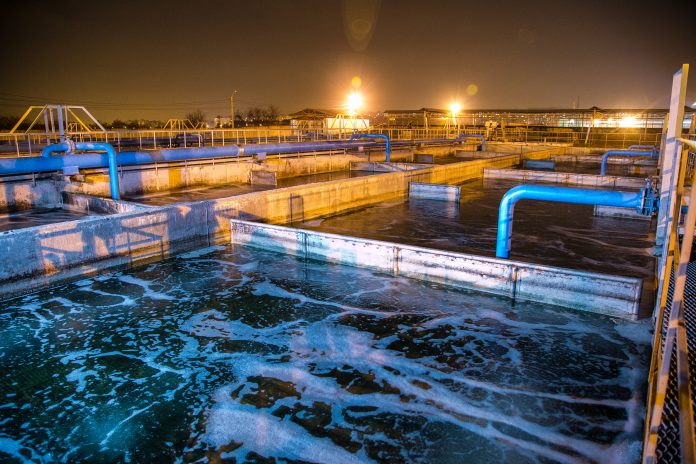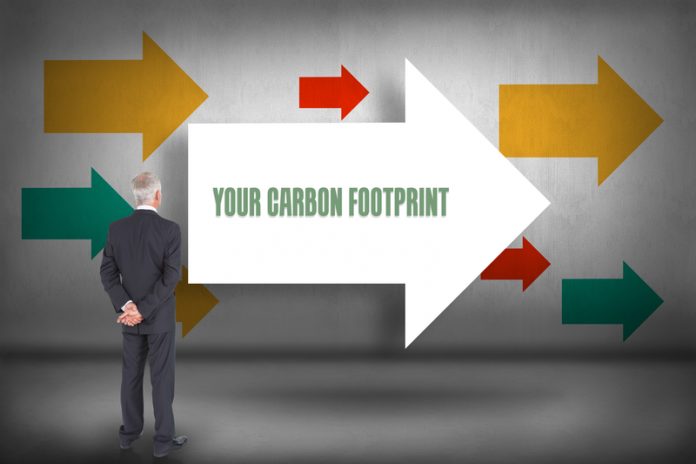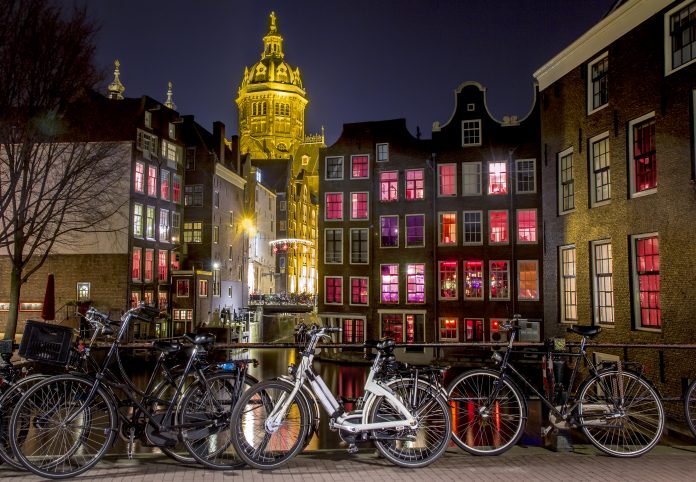Open Access Government produces compelling and informative news, publications, eBooks, and academic research articles for the public and private sector looking at health, diseases & conditions, workplace, research & innovation, digital transformation, government policy, environment, agriculture, energy, transport and more.
Home Search
sustainable IT - search results
If you're not happy with the results, please do another search
How you can create a self-sufficient home
Self-sufficient living doesn’t have to mean moving to a cabin in the woods and going back to basics. These tips will help you explore ways to produce your own food, use less energy, live healthier and save money, no matter where you live.
Study solves mystery of how geckos walk on water
Despite being just a few centimetres long, the gecko is known for its superior acrobatic skills and ability to power through the most challenging terrain: climbing trees, running across ice and walking on water: but how do they do these things?
The priorities for the environment, maritime affairs and fisheries in Europe
Some of the priorities for the environment, maritime affairs and fisheries in Europe are charted here when it comes to the all-important European Commission policy around these crucial themes.
How the food industry is adapting to meet the demand of a changing world
MPA Group run through some of the most recent innovations in the food industry, showing how businesses in the sector are adapting to keep up with the demand from a changing world.
£48 million funding provided to bring commuters low emission buses
Commuters will benefit from greener journeys thanks to 263 new low emission buses, Minister Nusrat Ghani has announced.
Where is the electric car industry headed in 2019?
While the electric car has been around for over a hundred years, it’s never been as popular as it is today. Here, we look at what could be in store for the electric car industry in 2019.
The key components of a mentally healthy school
We have health and safety policies for children’s bodies in our schools – so why don’t we have health and safety policies for children’s minds and brains too?
LGBT History Month: UK government support for LGBT groups
Twelve organisations working to improve the lives of LGBT people in the UK have been awarded government funding: new research published shows how public attitudes to same sex relationships have changed in 30 years.
Building smart cities needs more than just technology
There are questions to be answered on building smart cities: how should people be housed? How should they travel? How should waste product be managed?
Solving the plastic problem with biopolymers
Two scientists from Teysha Technologies discuss how organic material can now be turned into a viable plastic substitute.
EU-Japan Economic Partnership agreement enters into force
The Economic Partnership Agreement (EPA) between the EU and Japan enters into force on 1 February 2019, allowing businesses and consumers across Europe and Japan to take advantage of the largest open trade zone.
Five carbon-cutting rail schemes awarded multi-million funding
Five projects have been chosen for development funding in the Department for Transport’s (DfT's) First of a Kind (FOAK competition, which focuses on innovative rail schemes that can cut the carbon footprint of the UK’s railways.
How vehicle tracking can help achieve business sustainability goals
Making smarter decisions to improve work efficiency is a vital aspect of any business: tools that allow making those decisions are becoming increasingly valuable.
Smart cities will only ever be as efficient as their foundations
Smart cities have the power to transform the lives of its citizens and the environment, but the reality is that they will only ever improve lives if they are built on a fast, reliable and widespread 5G network.
High street jobs: Key Cities solutions for town and city centres
A record number of high street jobs are under threat in 2019: but could this be prevented? Read on to find out the potential solutions being discussed in local government.
DKK 1.4 billion provided for research and development in Denmark
Research and development in Denmark is moving forward with investment into new technological options, environmental and climate research.
The chemical industry and big data
Without a shadow of a doubt, big data is set to transform the way the chemical industry operates – for the better.
Sustainability begins in the workplace: How businesses can help reduce their carbon footprint
Wulfric Blackwell, Habitats Project Manager at Thomson environmental consultants argues that sustainability begins in the workplace and reveals how businesses can help reduce their carbon footprint.
Innovation key for hospitality businesses to remain relevant
With more people travelling than ever before, the hospitality industry faces an increasingly diverse range of clients, innovation key for hospitality.
Millennials and their motors: businesses need to adapt
Andy Allan of CAT Autokeys discusses his five predictions for the future of millennials and their motors, and how companies will adapt in 2019 and beyond.

